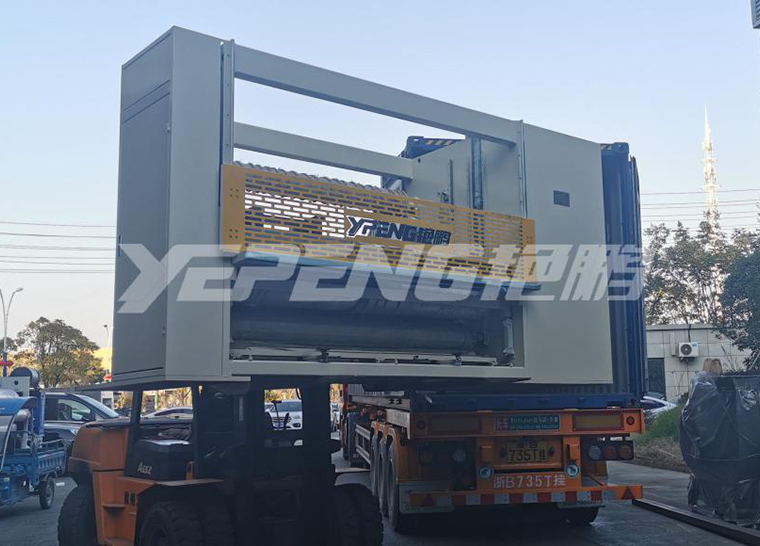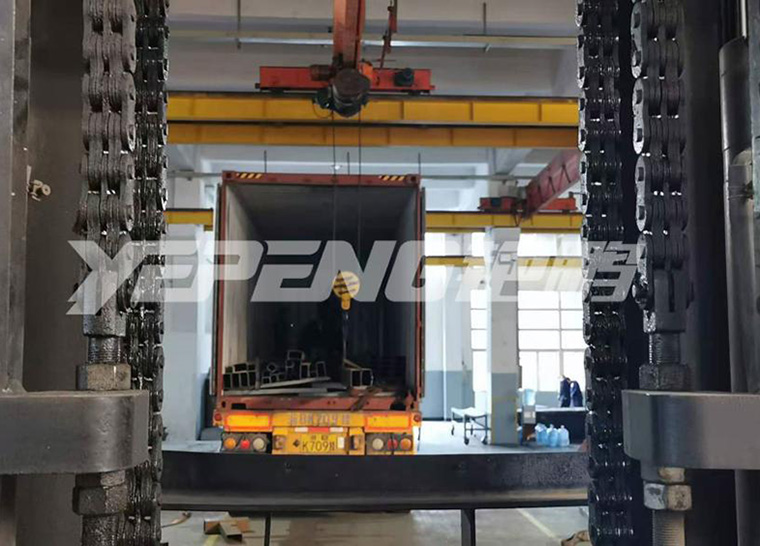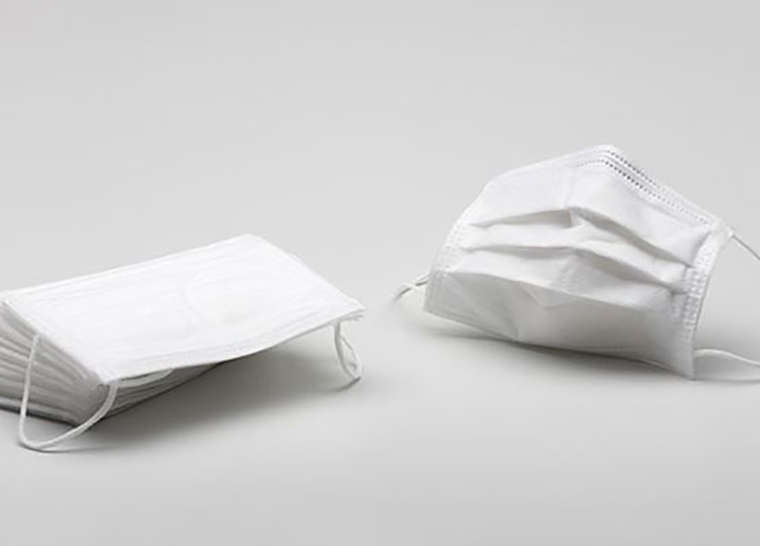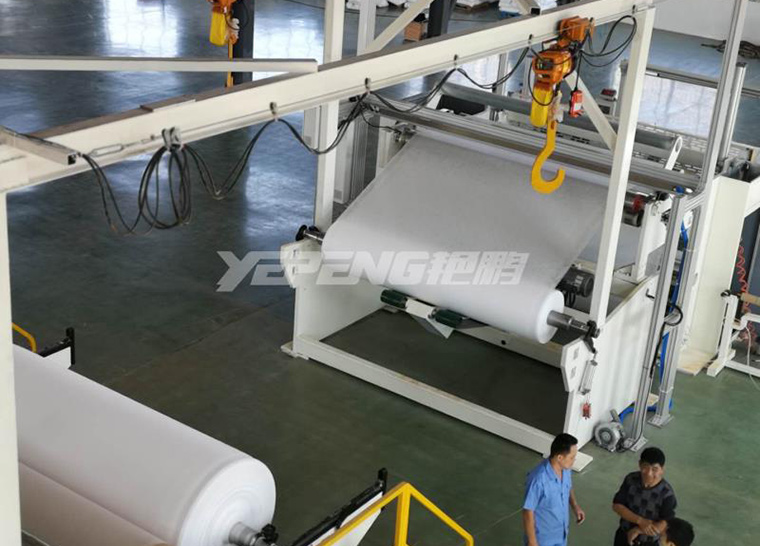What is PLA?
Zhejiang Yanpeng Nonwoven Machinery Co., Ltd is a professional manufacturer specializing in the research and development of non-woven production lines. Since from the beginning of 2008, we always focused on non-woven field. Until today, we serve over 200 customers at home and abroad, and installed more than 600 non woven production lines all over the world.
Our main products include: PP spunbond non woven production line, meltblown non-woven production line, spunmelt composite nonwoven production line (such as SMS,SMMS, SSMMS, SMMMS …etc), Polyester (PET) non woven fabric production line, Nylon (PA) non woven production line, etc. We successfully launch the PLA/RPET non woven fabric production line in 2021.
1.Brief Introduction:
Polylactide, polylactic acid, generally shortened to PLA. PLA biodegradable materials refer to a class of natural microorganisms such as bacteria, molds (fungi) and algae caused by the action of degradation materials.
PLA is lactic acid as the main raw material, mainly from cassava, corn, sugarcane and other herbs to obtain starch and sugar through bacterial fermentation of lactic acid, and finally form a polymer polymerization poly (PLA). Raw materials are plentiful and renewable.
The whole production process of PLA and PLA fiber is not involved in any harmful substances, which is a biological manufacturing technology product strongly advocated by the "twelfth Five-Year Plan" of China.
It is a kind of polymer material with excellent performance, can be completely decomposed by environmental microorganisms after waste, and finally become a part of the carbon cycle in nature by inorganic.
2.Material Characteristics:
PLA is a new type of biodegradable material with good biodegradability. After use, it can be completely degraded by microorganisms in nature, and eventually generate carbon dioxide and water. It does not pollute the environment, which is very beneficial to the protection of the environment, and it is recognized as environmentally friendly material.
PLA film has good air permeability, oxygen permeability and dioxide-carbon permeability. It also has the characteristics of odor isolation, and is the only biodegradable plastic with excellent bacteriostatic and mildew resistance.
When PLA is incinerated, its combustion heat value is the same as that of incinerated paper, half of that of traditional plastics (such as polyethylene), and the incineration of PLA absolutely does not release toxic gases such as nitrogen and sulfide. The body also contains lactic acid as a monomer, indicating the safety of the breakdown product.
3.Industry Prospect:
PLA is priced at $1000 / kg before industrialization. Later, through the industrialization research of Professor Ramani Narayan's research group of Michigan State University, large-scale production was realized. The technology is now being commercialized by Natureworks.
The largest PLA manufacturer is NatureWorks of the United States, followed by China's Hisun Bio, which currently produces 100,000 tons and 5,000 tons respectively. PLA has many applications in extrusion, injection molding, film drawing, spinning and other fields.
PLA fiber uses natural renewable plant resources as raw materials, reduces dependence on traditional petroleum resources, and meets the requirements of sustainable development of the international community.
It has the advantages of both synthetic fiber and natural fiber, and has the characteristics of complete natural circulation and biological decomposition. Compared with conventional fiber materials, corn fiber has many unique properties, so it has been widely valued by the international textile industry.






